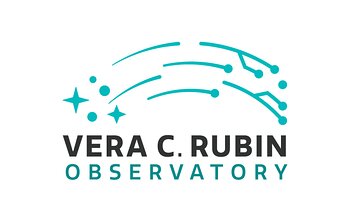Astronomers may now understand why the similar planets Uranus and Neptune are different colors. Using observations from the Gemini North telescope, the NASA Infrared Telescope Facility, and the Hubble Space Telescope, researchers have developed a single atmospheric model that matches observations of both planets. The model reveals that excess haze on Uranus builds up in the planet’s stagnant, sluggish atmosphere and makes it appear a lighter tone than Neptune.
The release, images and videos are available on:
https://noirlab.edu/public/news/noirlab2211/
Kind regards,
NOIRLab Communications, Education & Engagement
31 May 2022

|
20 May 2022
Led each year by the University of Hawai‘i’s Institute for Astronomy, AstroDay is one of the most well-attended astronomy outreach events in Hawai‘i. For the first time since the pandemic, ...
|
| Read more |

|
19 May 2022
Project & Science News
Registration is now open for the Rubin 2022 Project and Community Workshop (PCW) which will take place August 8-12 at the Ritz-Carlton Dove Mountain Resort in ...
|
| Read more |

|
3 May 2022
Project & Science News
The team on Cerro Pachón ran a series of tests on the mirror washing station in March; they were working to define the washing and drying ...
|
| Read more |
|
|
|
|